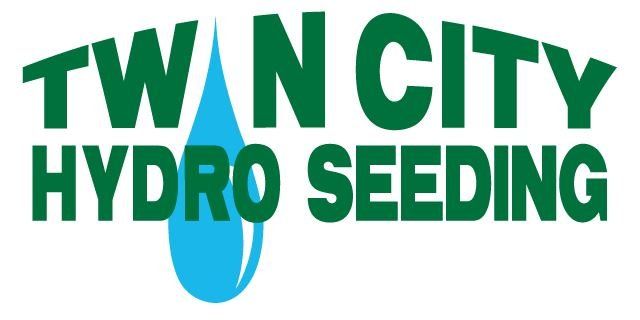Frequently Asked Questions
1. What is hydroseeding?
Hydroseeding is an efficient planting process that involves spraying a mixture of seed, water, fertilizer, and mulch onto prepared soil. This mixture promotes fast and even grass growth over large areas.
2. How does hydroseeding work?
The hydroseeding mixture is applied using specialized equipment that evenly sprays the slurry over your lawn or project site. The mulch in the mixture helps retain moisture and protect the seeds, encouraging quicker germination compared to traditional seeding.
3. What are the benefits of hydroseeding?
- Faster and more uniform grass growth
- Cost-effective for large areas
- Reduces soil erosion
- Helps improve soil quality
- Requires less water than traditional seeding
4. How long does it take for hydroseeded grass to grow?
You can typically expect to see grass sprouts within 7 to 10 days after hydroseeding, with full coverage achieved in about 3 to 4 weeks, depending on weather and soil conditions.
5. Is hydroseeding suitable for all types of grass?
Yes, hydroseeding can be used for a variety of grass types including cool-season and warm-season grasses. We tailor the seed mixture based on your location, climate, and project goals.
6. When is the best time to hydroseed?
The ideal time depends on your region and grass type but generally, early spring or early fall are the best seasons for hydroseeding to ensure optimal growth conditions.
7. Do I need to do anything after hydroseeding?
Yes, proper watering is crucial. Keep the soil consistently moist (but not waterlogged) until the seeds have fully germinated and the grass is established. We’ll provide you with a detailed care schedule.
8. Is hydroseeding environmentally friendly?
Absolutely! Hydroseeding uses organic mulches and reduces the need for chemical fertilizers. It also helps control erosion and promotes healthy soil ecosystems.
9. Can hydroseeding prevent soil erosion?
Yes, the mulch in the hydroseeding mix acts as a protective layer that holds soil in place, making hydroseeding an effective method for erosion control on slopes and disturbed areas.
10. How much does hydroseeding cost?
Costs vary depending on the project size, seed type, and site conditions. Contact us for a free estimate tailored to your specific needs.
Cost Analysis: Hydroseeding vs. Sod Installation
Hydroseeding cost range: $0.10 - $0.30/sq ft (average used: $0.20)
Sod cost range: $0.50 - $1.00/sq ft (average used: $0.75)
Actual prices may vary based on region and site conditions.
11. How do I get started with hydroseeding services?
Simply reach out to us via phone or our online contact form. We’ll schedule a consultation to assess your site and provide a customized plan.
